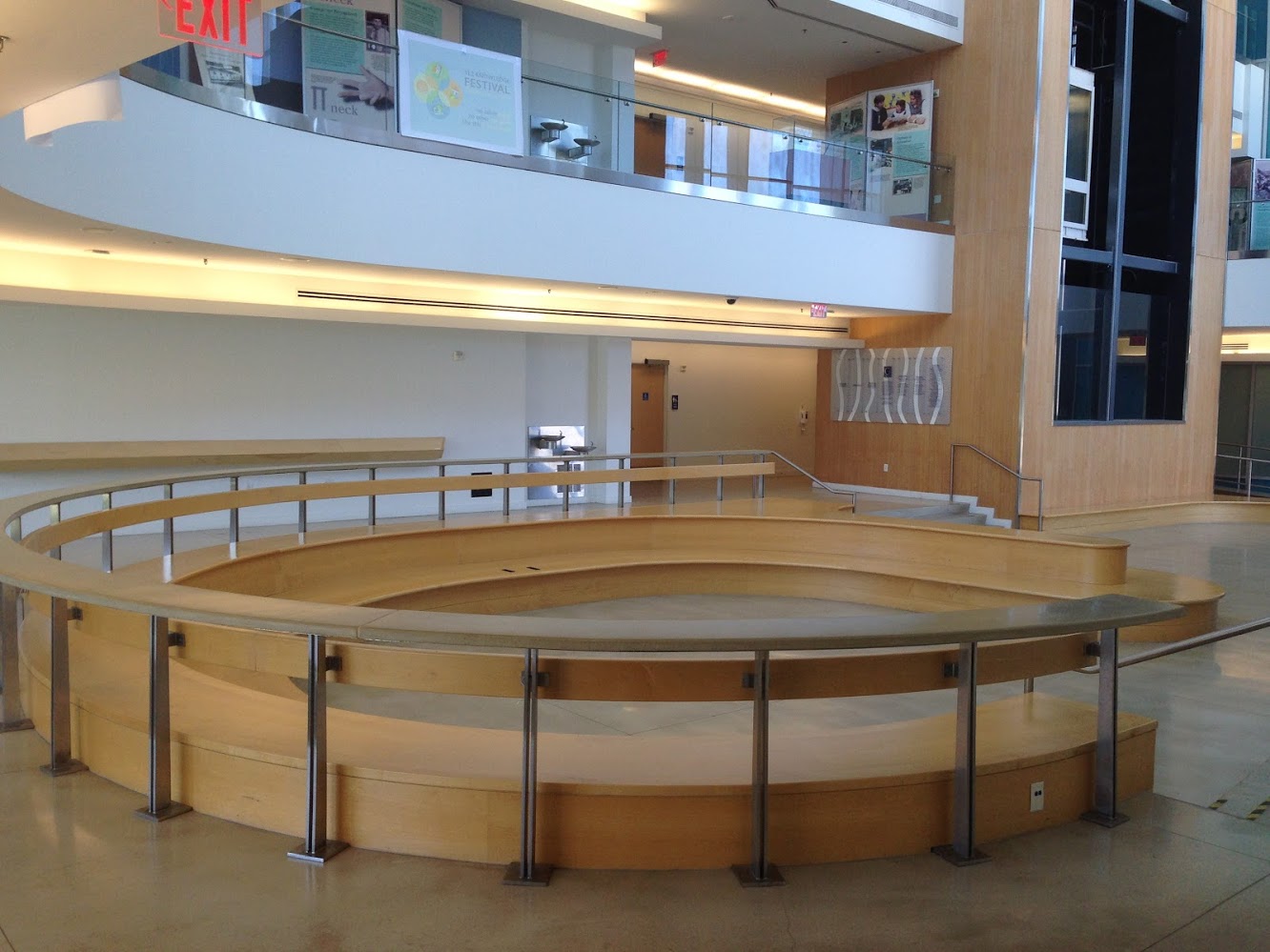I am a part of the hearing community and I am a student learning ASL, so I do not know everything about Deaf Culture. This blog is my freedom of expression and I only wish the same for the Deaf Community as well.
This week, I am writing about media sources I found while searching the web and other platforms. I compiled a list of six different sources that I think you all would like!
Vlog- ASL Stew
ASL Stew is a YouTube vlogging account ran by a husband and wife team. With over 16 thousands subscribers on YouTube alone, this couple uses their channel to advocate for Deaf education, culture and awareness. What I love most about this channel is that not only do they share inspiring and information content, they also share hilarious videos about some of the complications coming from one partner hearing and the other being hard of hearing.
Instagram – Equal Access Resources (@EqualAccess)
@EqualAccess is an account founded and ran by Brent Tracy. As a CODA (Child of a Deaf Adult) his first language is actually ASL. Due to this, he shares a truly unique perspective into the more particular and special aspects of ASL like the grammar as well as its quirks. His content is helpful, informative and gives a perspective one does not usually have access to when learning ASL.
News Source – Sign 1 News
Sign 1 News is an ASL based news broadcast powered by CNN. Like any televised news source there are photos, videos and more the difference being the anchor is signing. While this source does not only focus on deaf news it provides a unique experience and perspective into how the Deaf community and others are able to consume news in an accessible way. Additionally, each video broadcast uploaded includes a transcript below. Personally, I have been able to use these to quiz myself and practice my own understanding of ASL and feel beyond consuming news, it serves as a language enhancing tool for myself and others.

Huff Post – American Sign Language Section
While the Huff Post covers various communities news, pop culture and more, they have beens sure to include that of the Deaf community as well. On their website they have an entire page dedicated to sharing only stories on the Deaf Community, its culture and more. Checking in here is a great way to ensure the news you consume surround the people and the culture extends past nightly news-like topics and extends to include the arts, celebrities, intersectional news and more.
Instagram – Matt Maxey @maxeymaxey
Matt Maxey is another Instagram account I came across in my research that connect ASL to other aspects of culture. He is a hard-of-hearing music lover who has made it his life work to unite ASL and Hip Hop Music. He has and continues to interpret concerts and awards shows such as seen on MTV. On his page he shares his journey and truly embraces all aspects of his identity including both his abilities and passion for music. As someone who is interested in interpreting at music and cultural events he is particularly inspiring.
Instagram – Stacey Abrams
Stacy Abrams is a deaf woman who has dedicated a lot of her adult life supporting and connecting hearing communities with Deaf communities. In starting the #WhyISign campaign, she has continued to include videos of ASL (and other forms of sign language) users from around the globe connecting many on this online platform. Her account is particularly special in that she includes the experiences of a vast variety of folks including parents, CODA’s, students (both hearing and Deaf), professionals and celebrities.
Let me know your thoughts which you found the most interesting.




